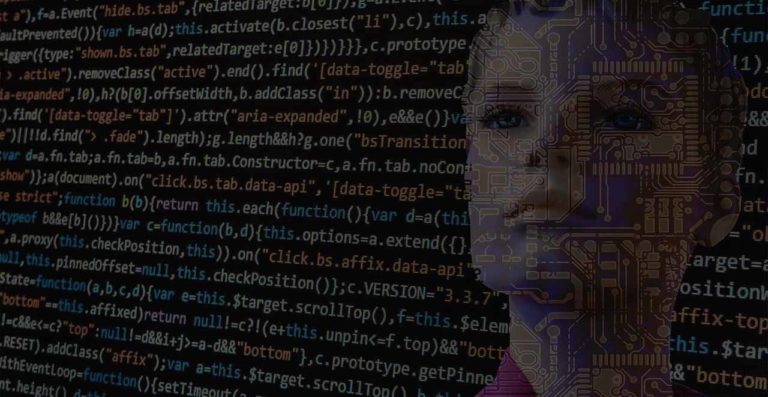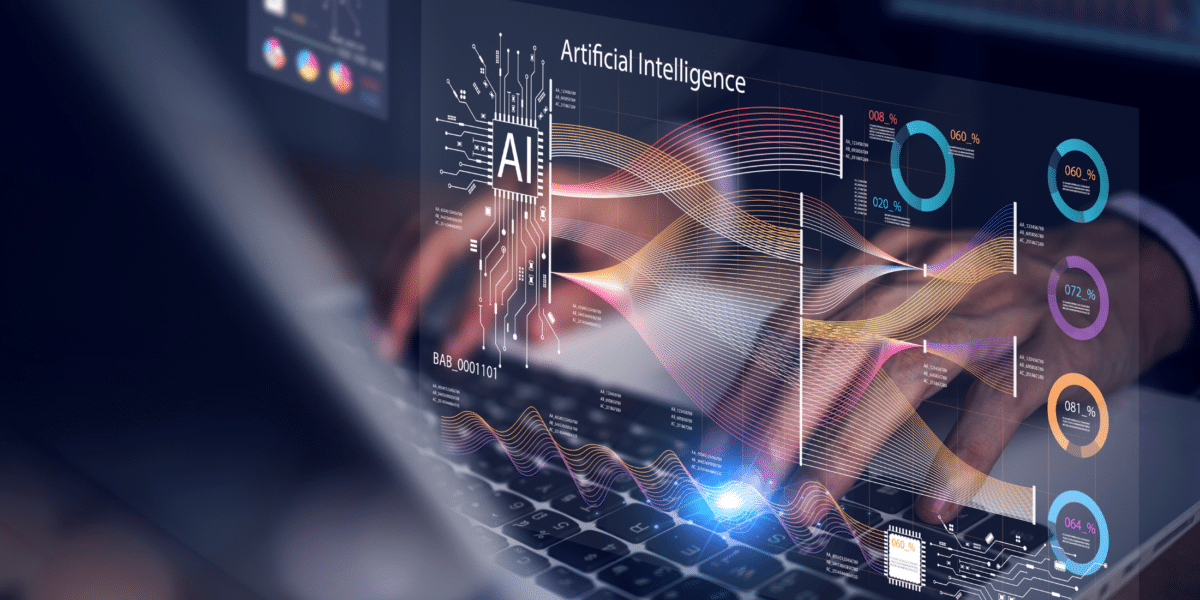
Weak vs strong artificial intelligence
Weak artificial intelligence (or ‘narrow’) relies on programmed responses to simulate intelligence, often with a specific task in mind. When you use a voice recognition system like Alexa (Amazon Echo) to turn on the lights, that’s weak AI in action. Alexa may sound smart, but it doesn’t have any true understanding of language and can’t determine the meaning behind the words you speak. Nor can it respond in any novel, creative way. The program simply listens for defined sounds in your speech and, when it detects them, executes its programming.
Strong artificial intelligence (or ‘true’) is intended to think on its own. These systems are modeled on the human brain, and are designed to be aware of context and subtlety, and to make decisions that are not spontaneous, but rather the result of critical analysis. Strong AI is designed to improve its own performance over time, to make “a better decision tomorrow.” It is a new, complex and varied category with numerous sub-branches.
Where does machine learning fit in?
At this point it’s worth emphasizing that AI is a computer engineering discipline. Period. In its current state, it consists of software tools designed to solve problems. Some forms might give the impression of being smart in a human sense, but it’s a stretch to think that current AI approximates human intelligence. Although some forms of machine learning have been inspired by the human brain, they are not equivalent.
Machine learning is a specific type of AI put into practice, with the goal of giving a computing device access to data and allowing it to learn from it. An ML system may be given a data feed — actual product sales, weather, and an existing forecast, for example — and be asked to draw conclusions about it. This may involve searching that data for trends, patterns and anomalies — information that might not be obvious to a human observer. As the algorithm continues to learn from this data, it becomes progressively easier for it to generate additional insights, and those insights become more accurate.
Is AI benefiting the supply chain market?
Is research showing benefits of artificial intelligence in the supply chain market? It is safe to conclude that today, AI is far more than science fiction. But has it matured beyond science project status in the supply chain sector? The answer is yes. Global research suggests that the AI-in-Supply-Chain market is expected to reach USD 10.11 billion by 2025, growing at a CAGR of 46% between 2018 and 2025.
And there’s already evidence of business benefits. One study says that 83% of early adopters have achieved moderate or substantial benefit. At this point, it is on a path to become not just a tool to gain competitive advantage but rather an essential business requirement. Researchers have even noted that 63% of business leaders believe the pressure to reduce costs will require the use of AI. In other words, develop a strong strategy or your business might get left behind. And don’t be afraid to start small. The problem you solve will most likely be specific, narrow in scope, and perhaps mundane compared to what the headlines say. And that’s perfectly OK.
In the supply chain realm, machine learning is where most of the activity has been focused. Techniques aside, what sets ML apart is the learning and improvement that occurs over time, so that better outputs and results are achieved.
Applications in supply chain management are nothing new. Machine learning has been used to improve demand forecasting since the early 2000s. Demand planning applications rely on a series of algorithms to take historical shipment data and turn it into a forecast. One algorithm works better for understanding the influence of price and promotions, another for product sun-setting, etc. In a demand management application, the system is continuously monitoring forecasting accuracy. That data enables the learning feedback loop.
Artificial intelligence for supply chain planning
Artificial intelligence has many useful applications in the supply chain, including:
- Data analysis and insight creates actionable business intelligence that drives continual improvement
- Speed is enhanced throughout the supply chain due to much more efficient supply and demand planning, driven by marketplace factors, consumer needs and other environmental changes
- Cost reduction occurs due to savings in reduced inventory and storage costs, goods being processed more quickly and faster distribution
- Planners gain real-time visibility into inventory at rest and in motion
- Precision improves around availability and real-time status of orders
- Stock level analysis can identify when products are declining in popularity and are reaching the end of their life in the retail marketplace
- Price analysis can be compared to costs in the supply chain and retail profit margins to establish the best combination of pricing and customer demand
- Upstream delays can be identified, allowing for contingency planning or alternative sourcing
- Analysis of commodity prices and weather patterns can optimize demand, replenishment and supply planning
Why the slow uptake?
Despite this long list, the use of AI in the supply chain market lags far behind marketing, product management and customer support. Only 13% of companies report that logistics is the area of their organization that is leading or evaluating the investment and adoption of AI systems. One impediment: large numbers of outside partners, some of whom may be farther behind technologically than others. Getting data from numerous internal and external sources is a major challenge. And once the data is collected, it often requires some type of cleansing and standardization.
Which brings us to another observation: AI in the supply chain space is not a cure-all. There is no ‘easy button’ or plugin that can take any old technology and somehow give it cognitive ability. Not yet, anyway. Even the most powerful AI tools developed to date have to be carefully managed because they may not have a positive impact. When that happens, a human — with intuition, experience and the ability to react quickly — is needed to address the problem.
So what is the state of Artificial Intelligence in the supply chain market?
Now let’s answer the question we posed at the beginning. Here is our perspective:
AI is maturing, but there are still some challenging elements to overcome:
- It’s not magic
- Investment continues to pour in
- Weak AI is becoming commonplace
- There are many compelling business cases for AI in the supply chain market
- The herd is moving. You should, too, but it’s OK to start small
- Because it’s not magic, there is no magic wand or easy button
- One way or another, data will continue to be a challenge.
What are your thoughts? We’d love to hear from you.
Further reading:


